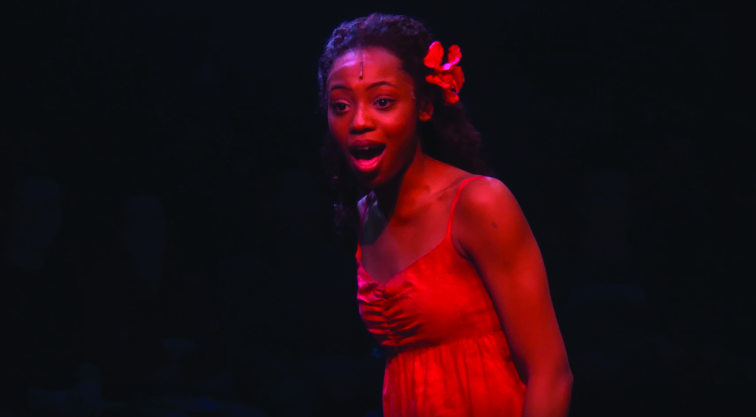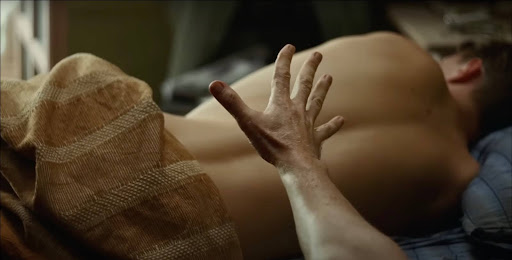Yes, there was a live goat and a chicken on a Broadway stage.
“Once On This Island,” currently running at the Circle in the Square Theatre, takes you on a lively journey to an island in the French Antilles where temperamental gods control the weather, leaving the people who inhabit it at their mercy.
Director Michael Arden said it was important to present the devastating impact that natural disasters have on people, especially those that occur in New Orleans, Haiti and Puerto Rico. Despite this, the people don’t stop dancing, singing and living.
Designed by Dane Laffrey, the sand-covered stage beautifully lent itself to the island-life setting with a river flowing from one corner and the walls of the theater covered with clothes as if left out to dry.
However, the diverse cast was undeniably the best aspect of the revived musical — written by Lynn Ahrens with composer Stephen Flaherty almost 30 years ago. It was based on Rosa Guy’s novel “My Love, My Love,” published in 1985.
They brought to life the otherwise straightforward tale of a forbidden love between impoverished protagonist Ti Moune and rich boy Daniel Beauxhomme; ultimately culminating in a myth about love conquering death.
Even with all of the spectacular artistry that undoubtedly radiates from this musical, the plot — to put it simply — isn’t all that great.
It felt as though I was watching a live-action version of primary sources I read in my history classes where authors (usually white men) not only fetishize (usually darker) Caribbean women for their exoticness, but also depict them as simple beings.
Sure, the overall message is that love is stronger than evil, but why does it have to come at the expense of a loving black woman’s life? Why was it ultimately “beautiful” that Ti Moune died for him and became a tree where he, his fiance (which he neglected to tell her about before he used her for her healing and pleasing body) and their children could later play in?
If anything, the musical brings about the discussions that still need to take place when it comes to the ways in which race, gender and culture are portrayed in various art forms.
Should we ignore the disparaging language used to describe a certain group of people for the sake of entertainment or should we address it head on? To me, the answer is the latter.
In the end, the more nuance a story possesses, especially when tackling the complex themes that inherently come with cultural stories, the better it will be.










